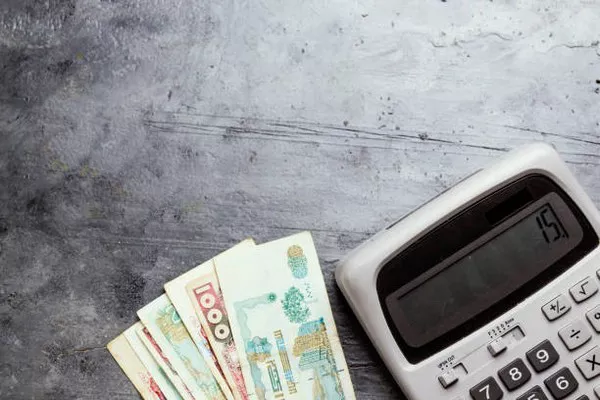Currency is a crucial aspect of any nation’s economic identity, reflecting its economic stability and financial strength. Algeria, located in North Africa, boasts a unique currency known as the Algerian Dinar (DZD). In this article, we delve into the details of Algeria’s highest currency, exploring its history, significance, and the factors that contribute to its value.
Historical Overview:
The Algerian Dinar has a rich history dating back to Algeria’s struggle for independence from French colonial rule. Before gaining independence in 1962, Algeria used the French Algerian Franc as its official currency. Post-independence, the country introduced the Algerian Dinar as its sovereign currency.
The Algerian Dinar was initially pegged to the French Franc, but in 1973, Algeria opted for a floating exchange rate system, allowing the Dinar’s value to be determined by market forces. This move aimed to enhance economic flexibility and autonomy, enabling the country to respond to global economic changes independently.
Algerian Dinar Denominations:
The Algerian Dinar comes in various denominations, each featuring iconic figures and symbols that reflect the nation’s heritage and culture. The Dinar is subdivided into smaller units, including centimes. The current denominations of the Algerian Dinar include banknotes and coins.
Banknotes:
- 1000 Dinar
- 500 Dinar
- 200 Dinar
- 100 Dinar
- 50 Dinar
- 20 Dinar
Coins:
- 100 Dinar
- 50 Dinar
- 20 Dinar
- 10 Dinar
- 5 Dinar
- 2 Dinar
- 1 Dinar
- 50 centimes
- 20 centimes
The Highest Denomination:
The highest denomination of the Algerian Dinar is the 1,000 Dinar banknote. This banknote features prominent Algerian figures and symbols, such as historical leaders and landmarks, showcasing the nation’s rich history and cultural heritage. The use of multiple denominations allows for flexibility in daily transactions, catering to the diverse needs of the population.
Factors Influencing the Value of the Algerian Dinar:
Several factors contribute to the value of the Algerian Dinar, impacting its exchange rate and purchasing power. Understanding these factors is crucial for gaining insights into the economic dynamics of Algeria.
Economic Stability: Economic stability plays a pivotal role in determining the value of a currency. Governments that maintain stable economic conditions, control inflation, and demonstrate fiscal responsibility generally have stronger and more valuable currencies. In the case of Algeria, economic policies and stability significantly influence the Dinar’s value.
Natural Resources: Algeria is known for its abundant natural resources, particularly oil and gas. The country is one of the largest natural gas exporters globally. The revenue generated from these resources contributes to the nation’s economic strength and, consequently, the value of its currency.
Foreign Exchange Reserves: The level of foreign exchange reserves held by a country’s central bank is a crucial factor in determining its currency’s value. A higher reserve indicates a country’s ability to meet its international financial obligations and influences investor confidence.
Global Market Conditions: Global economic conditions, trade relationships, and geopolitical events impact currencies worldwide. Algeria, as a participant in the global economy, is not immune to these external factors. Changes in international markets can affect the Dinar’s exchange rate.
Government Policies: The policies implemented by the Algerian government, including fiscal and monetary measures, have a direct impact on the economy and, consequently, the value of the Dinar. Responsible governance that fosters economic growth contributes to a stronger currency.
Inflation Rates: Inflation rates influence the purchasing power of a currency. Low inflation rates are generally associated with stronger currencies. Central banks implement monetary policies to control inflation, ensuring the stability of the currency.
Conclusion:
In conclusion, the Algerian Dinar is a symbol of Algeria’s economic independence and resilience. Its value is influenced by a combination of internal and external factors, reflecting the nation’s economic health. The 1,000 Dinar banknote stands as the highest denomination, a testament to the country’s history, culture, and economic achievements. As Algeria continues to navigate the complexities of the global economy, the value of its currency will remain a key indicator of its economic strength and stability.


